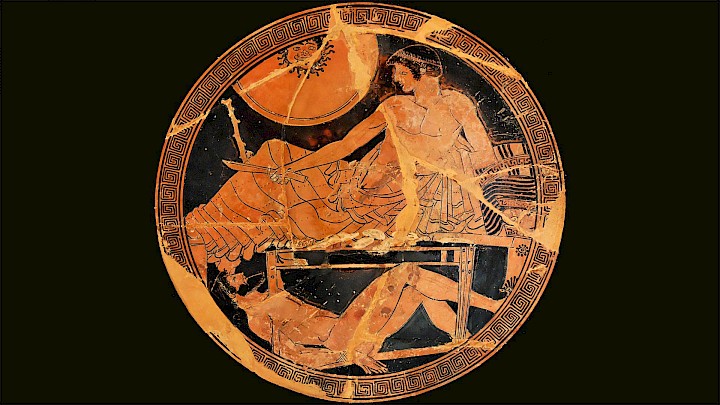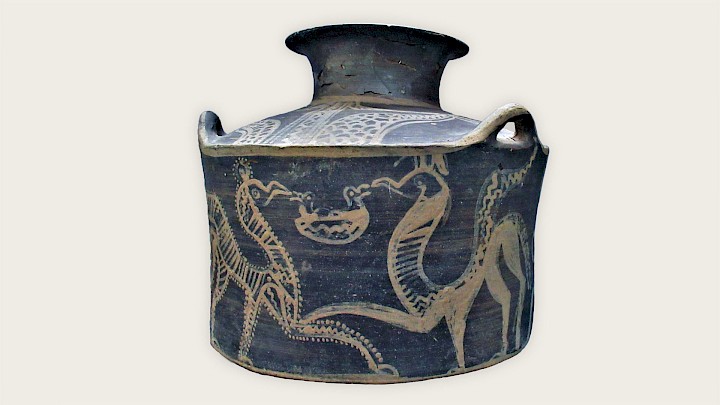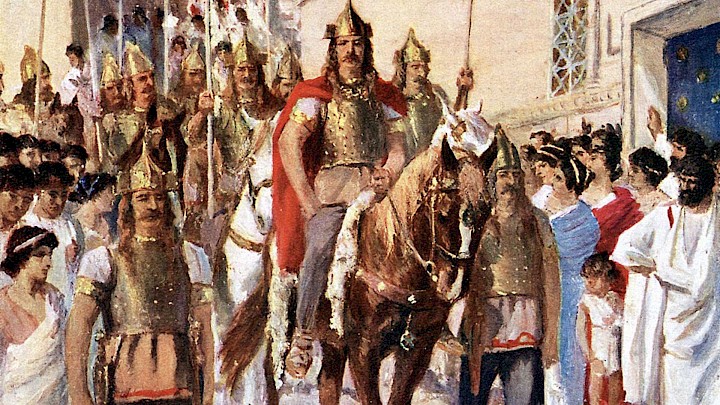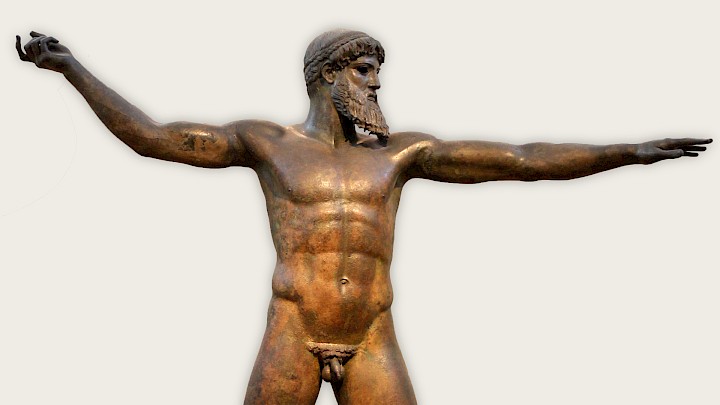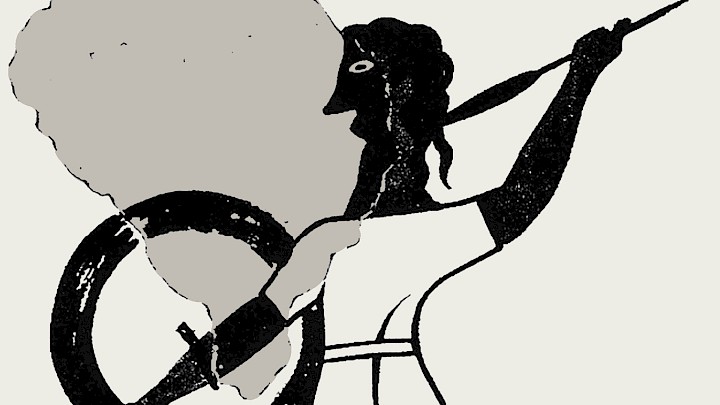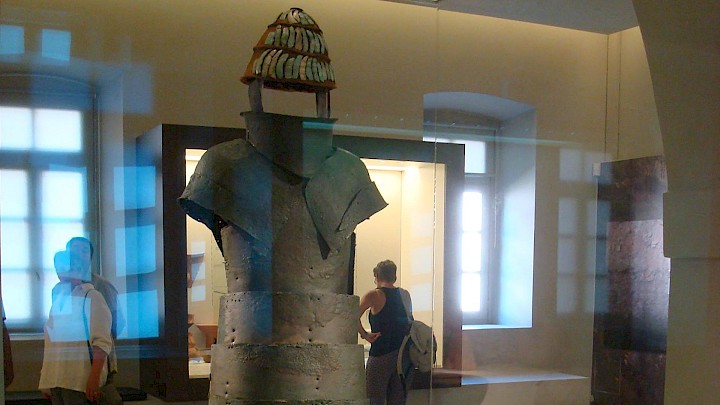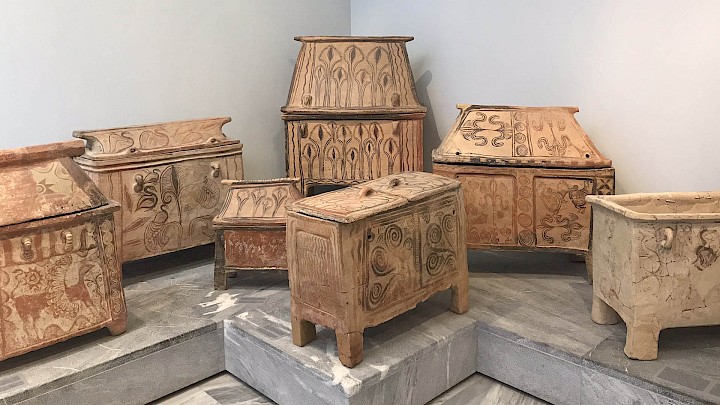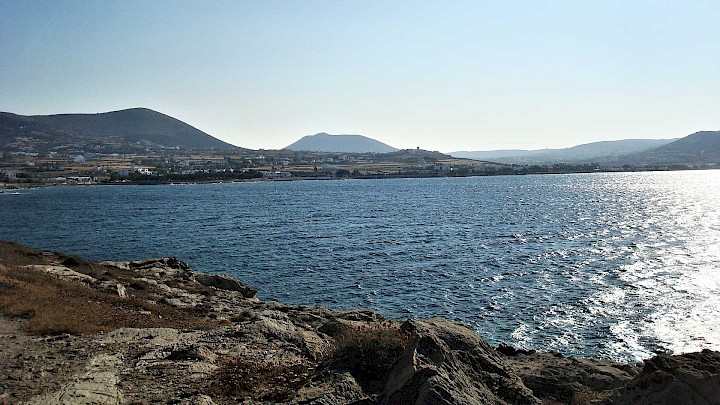Articles on the ancient world
This page lists all of the articles that have been published on this website in reverse chronological order.
Displaying items 97 to 108 of 389
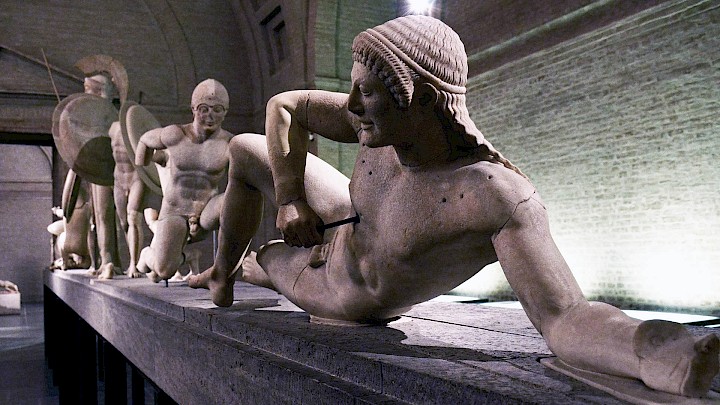
Troy just keeps on fallin’
Depictions of two sackings of Troy on the pediments of the Temple of Aphaia on Aegina
Read more
